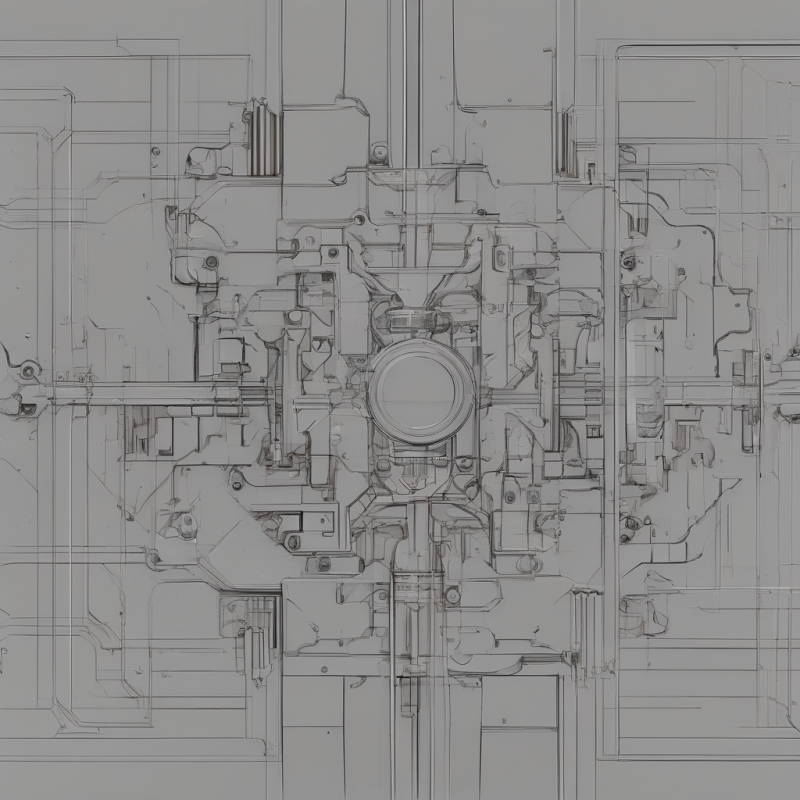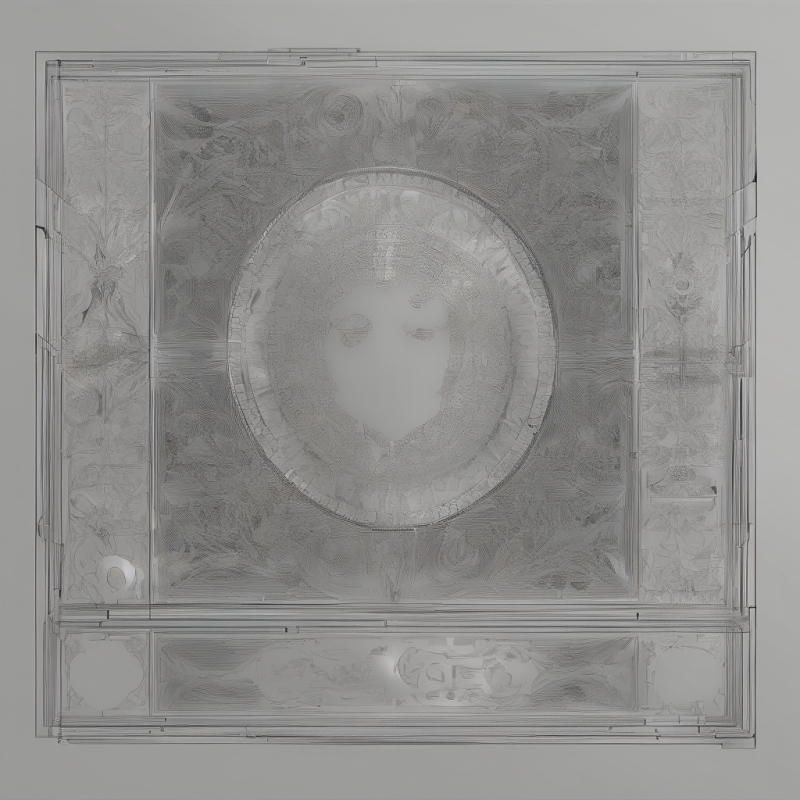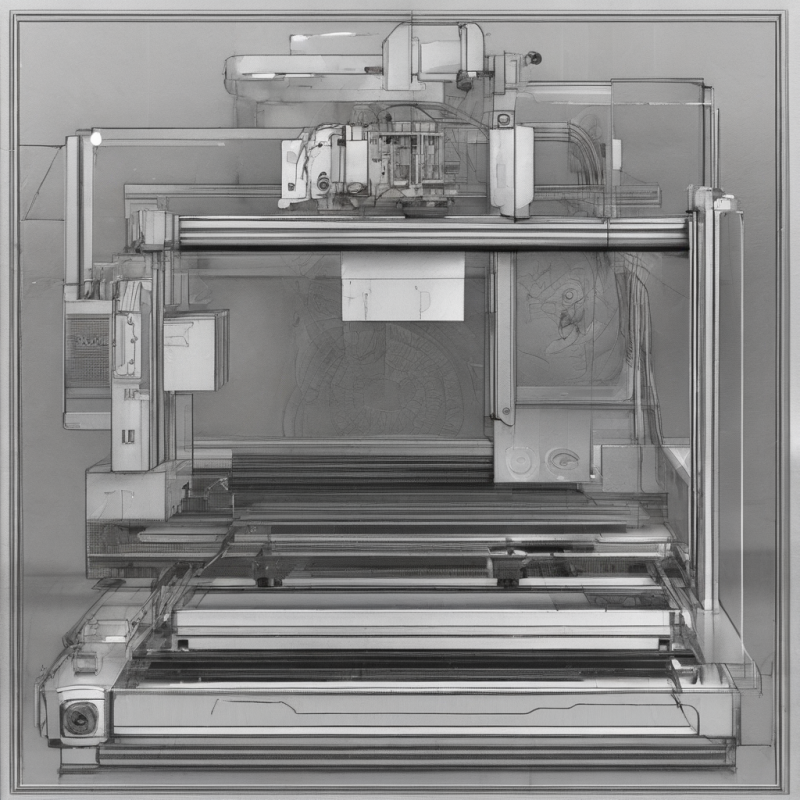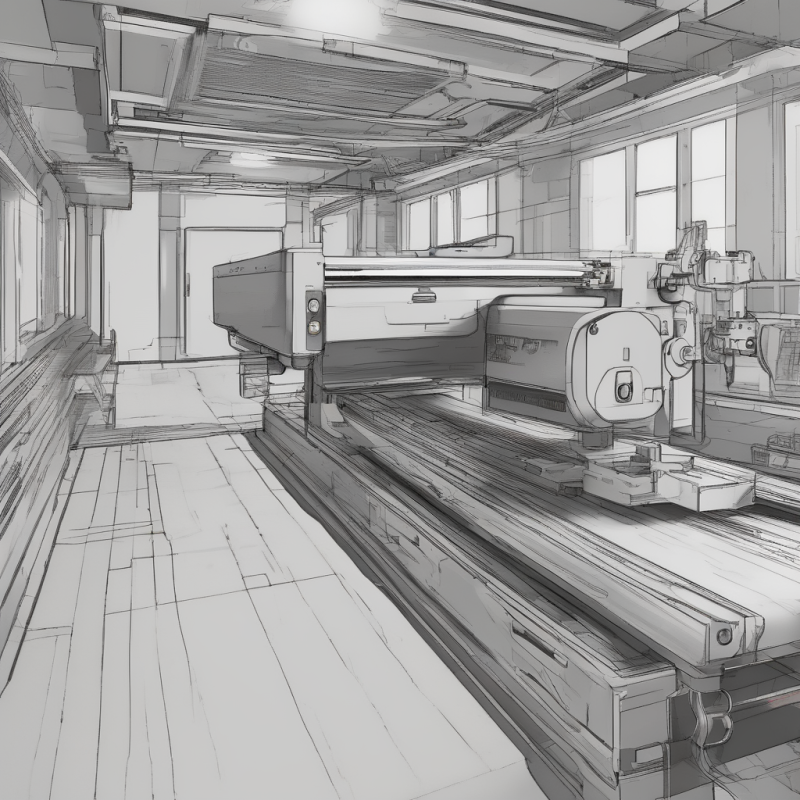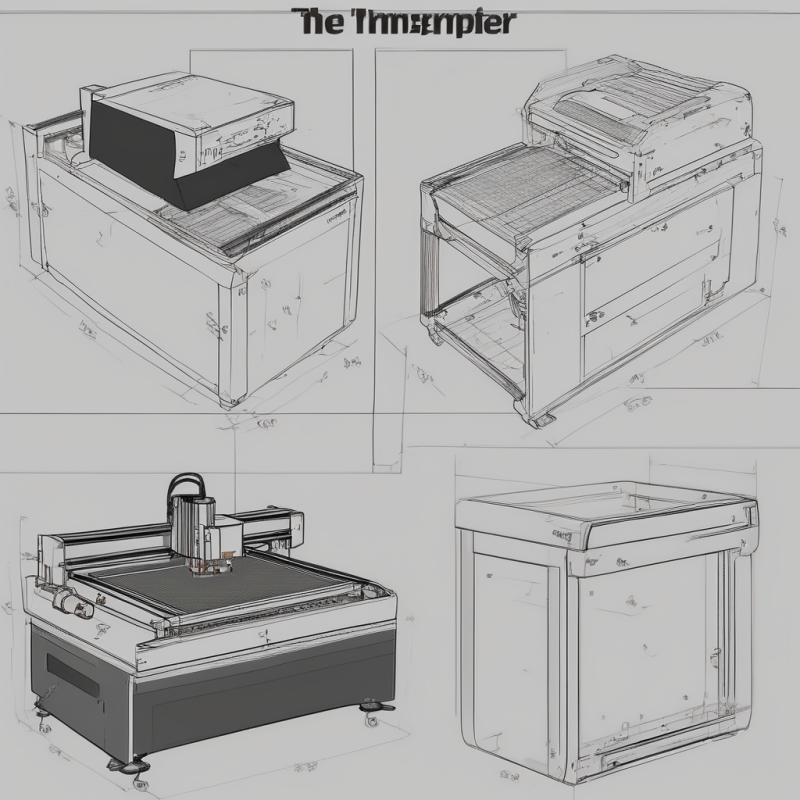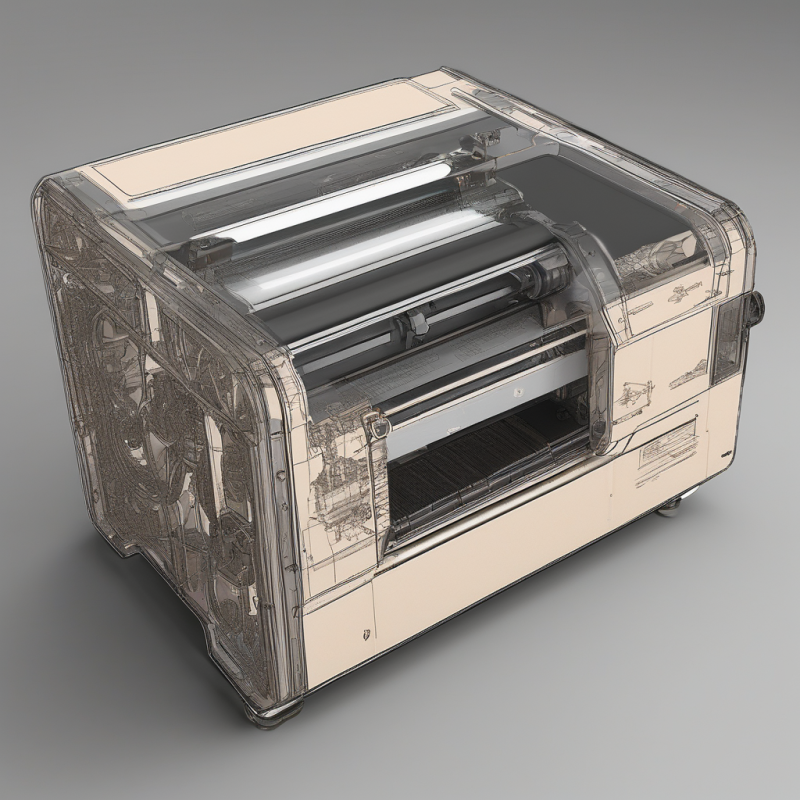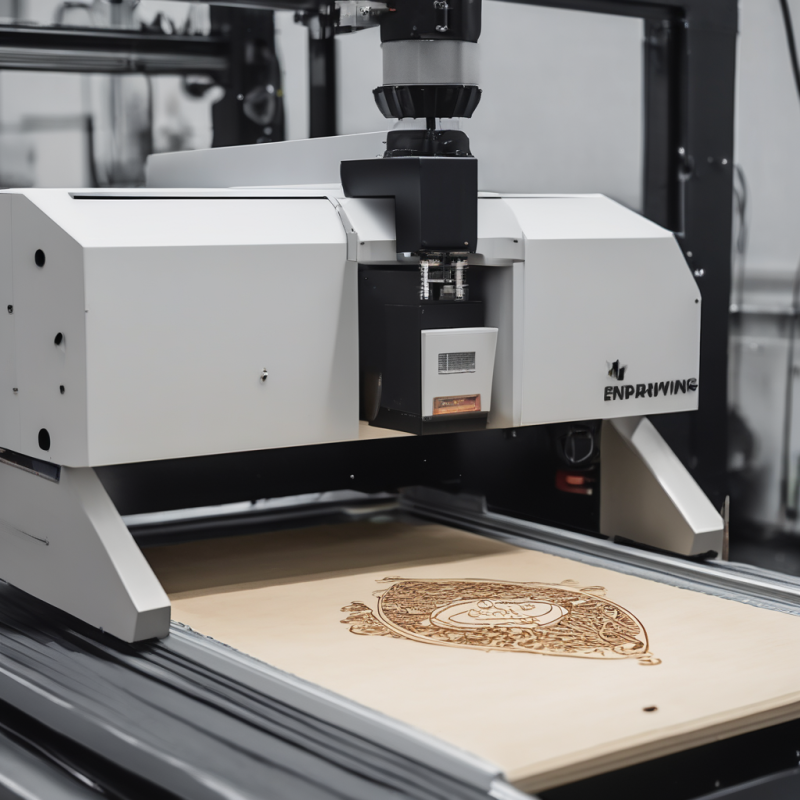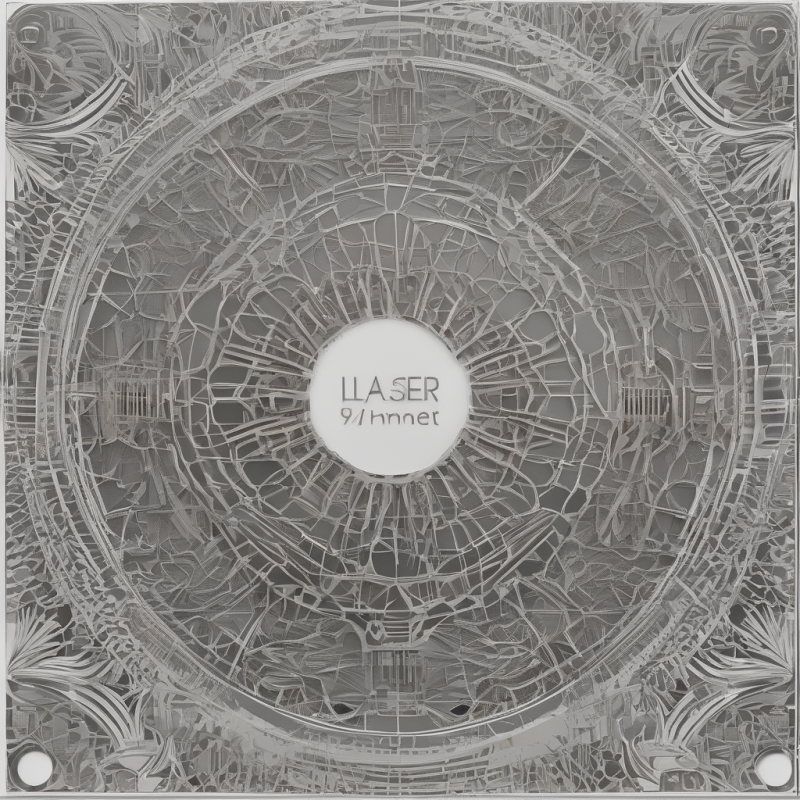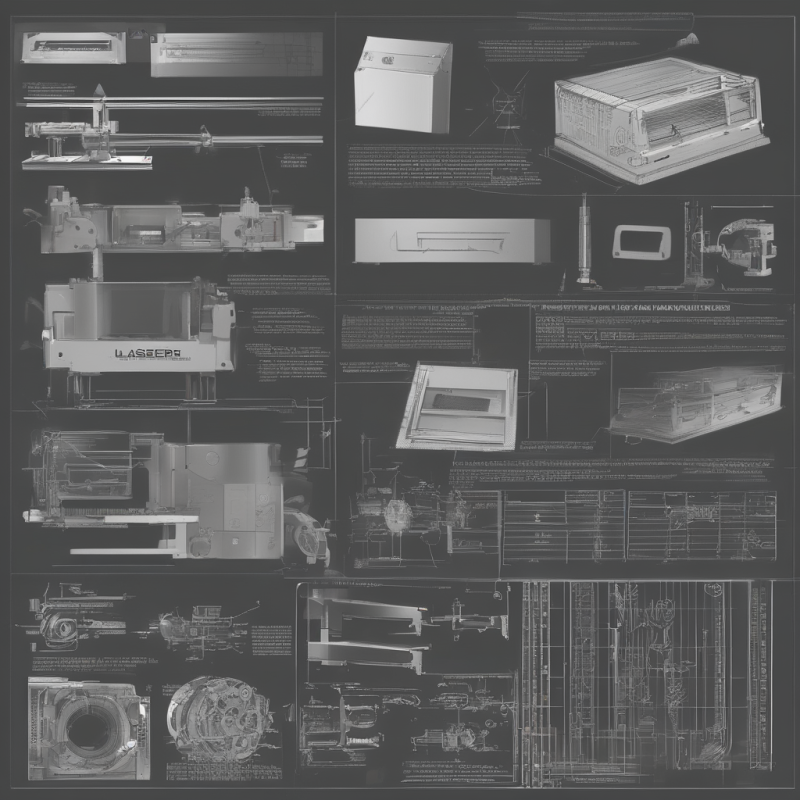The Art of Laser Light Engraving: A Comprehensive Guide
Laser light engraving has revolutionized the way we create intricate designs and patterns on various materials. This innovative technology combines precision, efficiency, and creativity, making it a favorite among artists, craftsmen, and industries alike. In this article, we will explore the fundamentals of laser light engraving, its applications, benefits, and how you can get started with your own projects using tools like the system. Let’s dive in!
What is Laser Light Engraving?
Laser light engraving is a process that uses highly focused laser beams to etch or cut designs onto materials such as wood, metal, plastic, glass, and more. Unlike traditional engraving methods, which rely on mechanical tools, laser engraving offers unparalleled precision and versatility. The laser beam heats the material, causing it to vaporize or change color, creating detailed patterns without physical contact. This method is not only faster but also produces cleaner and more accurate results.
The system, for example, allows users to create custom designs with ease. Whether you’re a hobbyist or a professional, this technology opens up endless possibilities for your creative projects.
Benefits of Laser Light Engraving
Laser light engraving offers numerous advantages over traditional methods:
- Precision and Accuracy: The laser beam is incredibly precise, allowing for intricate details that would be difficult to achieve manually.
- Speed: Laser engraving is much faster than hand engraving, making it ideal for large-scale projects or high-volume production.
- Versatility: It works on a wide range of materials, from metals to plastics, and can create both shallow engravings and deep cuts.
- Non-Contact Process: Since there’s no physical contact, the risk of damaging the material is significantly reduced.
- Cost-Effective: Laser engraving reduces waste and minimizes the need for additional tools or materials.
These benefits make laser light engraving a popular choice for industries such as jewelry, electronics, automotive, and even artistry.
Applications of Laser Light Engraving
Laser light engraving is used in various fields due to its versatility. Here are some common applications:
- Jewelry Making: Creating custom engravings on rings, necklaces, and other jewelry pieces.
- Signage and Marking: Producing durable and professional-looking signs, plaques, and nameplates.
- Electronics: Engraving circuit boards or marking components with precision.
- Furniture: Adding decorative patterns or text to wooden furniture.
- Crafts: Enhancing artistic projects, such as custom-engraved art pieces or gifts.
The possibilities are endless, and with the right equipment, you can explore these applications in your own projects.
Getting Started with Laser Light Engraving
If you’re new to laser light engraving, getting started might seem overwhelming. However, with the right tools and knowledge, it’s a breeze. Here are some steps to guide you:
- Choose the Right Equipment: Invest in a reliable laser engraver like the system. Ensure it’s compatible with your materials and project requirements.
- Learn the Basics: Familiarize yourself with laser engraving software, such as CorelDRAW or Adobe Illustrator, to design and edit your patterns.
- Practice on Scrap Material: Experiment with different materials and settings to understand how the laser interacts with them. This will help you refine your technique and avoid mistakes on your final project.
- Follow Safety Guidelines: Always wear protective gear, such as goggles, and ensure proper ventilation when working with lasers. Never look directly at the laser beam, as it can cause serious eye damage.
Tips for Achieving Perfect Engravings
To create high-quality engravings, consider the following tips:
- Select the Right Material: Not all materials are suitable for laser engraving. Research which materials work best with your laser machine and project goals.
- Adjust Laser Settings: The power, speed, and focus of the laser can significantly impact the outcome. Experiment with different settings to achieve the desired depth and clarity.
- Use Vector Files: For clean and sharp engravings, use vector-based designs rather than raster images. Vector files scale better and produce smoother lines.
- Clean Your Material: Ensure your material is free from dirt, grease, or oils before engraving. This will help the laser beam interact properly with the surface.
Frequently Asked Questions About Laser Light Engraving
If you’re still unsure about how laser light engraving works, here are some answers to common questions:
- Q: Can I engrave on metal with a laser?
A: Yes! Laser engraving is ideal for metals like steel, aluminum, and stainless steel. It creates durable markings that resist wear and tear. - Q: Is laser engraving safe?
A: When used correctly, laser engraving is safe. Always follow safety guidelines to protect yourself and others from potential hazards. - Q: How much does a laser engraver cost?
A: Prices vary depending on the type and quality of the machine. Desktop models like the system are more affordable and suitable for small-scale projects. - Q: Can I engrave on glass?
A: Yes! With the right settings, laser engraving can create stunning designs on glass surfaces. However, it requires careful handling to avoid cracking or shattering the material.
Conclusion
Laser light engraving is a powerful tool that has transformed the way we create and customize products. Its precision, versatility, and efficiency make it an invaluable asset for both professionals and hobbyists. By understanding the basics and following best practices, you can unlock your creative potential and produce amazing results with tools like the system.
Whether you’re looking to create custom jewelry, signage, or artistic projects, laser light engraving offers endless possibilities. So why wait? Start exploring this exciting technology today and bring your creative visions to life!


